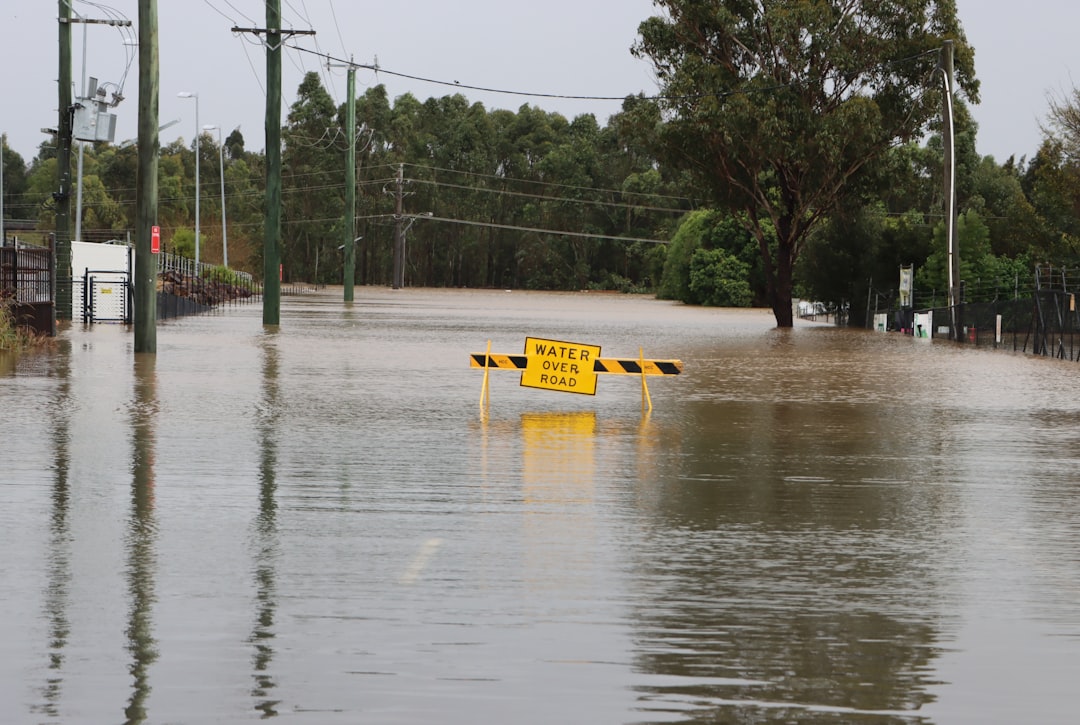- Why Scientists Track Atmospheric Carbon With Giant Towers - October 7, 2025
- The Link Between Melting Ice and Rising Sea Levels Explained - October 6, 2025
- How Ocean Currents Help Regulate Global Climate - October 5, 2025
High-Tide Flooding Creates Daily Disruptions
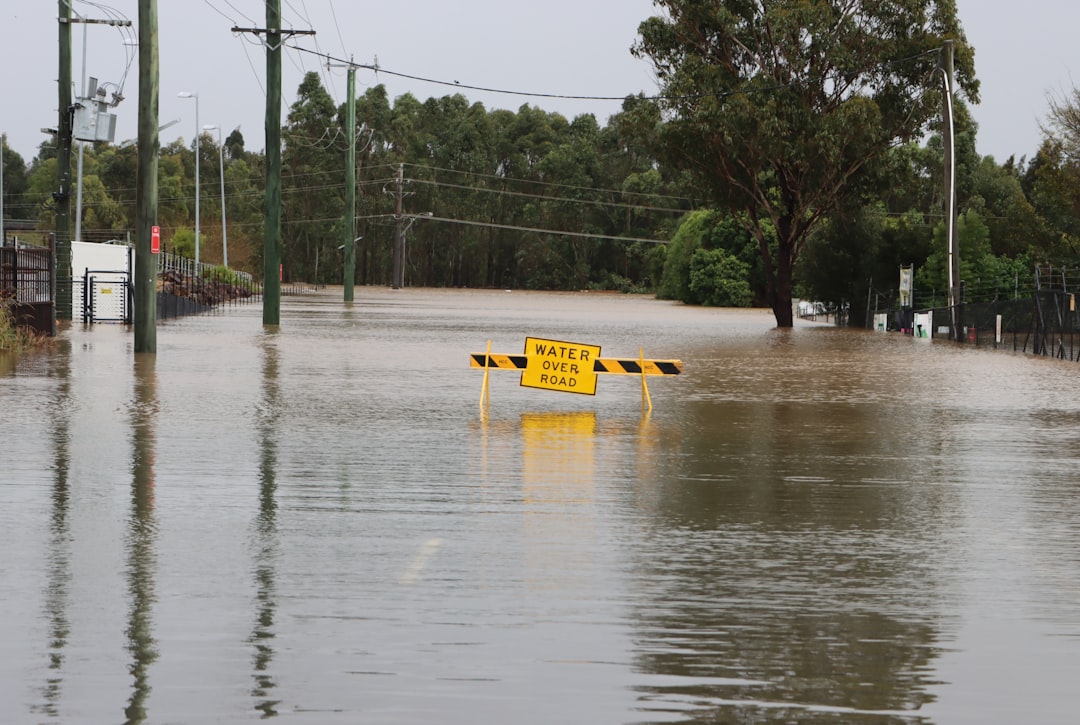
While many people think of coastal threats as dramatic storm events, high-tide flooding now disrupts coastal communities on a regular basis. The annual frequency of high tide flooding in the U.S. has more than doubled since 2000 – and is projected to more than triple again by 2050 as sea levels continue to rise. This sneaky form of flooding happens even during clear, sunny days when the moon pulls tides higher than usual.
Due to sea level rise, in 2024 the U.S. now experiences five more days where flooding occurs compared to what happened in 2000. These aren’t one-off events either – they’re becoming part of the new normal. Streets flood during rush hour, businesses close their doors to keep water out, and residents find themselves wading through ankle-deep water just to get home from the grocery store.
Storm Surges Pack an Increasingly Devastating Punch
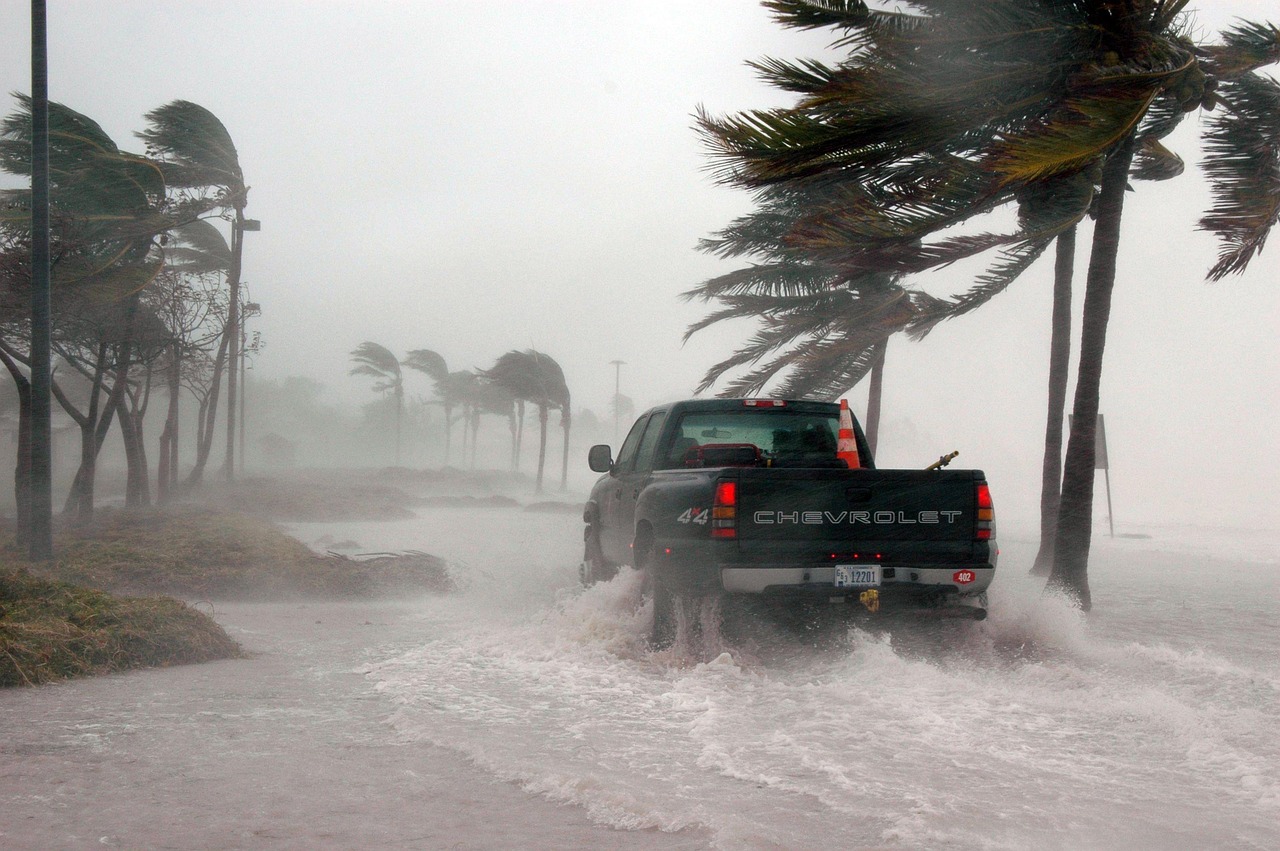
Storm surge represents the deadliest aspect of hurricanes and coastal storms, and climate change is making these watery bulldozers even more destructive. Storm surge from tropical cyclones poses a significant threat to life and property along the coast and is currently the leading cause of fatalities from hurricanes. As a result of global sea level rise, storm surges that occur today are eight inches higher than they would have been in 1900.
Water weighs about 1,700 pounds per cubic yard, so extended pounding by wind- and tide-driven waves of a storm surge can damage or destroy structures not built to withstand such forces. When Hurricane Ian hit Florida in 2022, storm surge was responsible for forty-one deaths alone. These walls of water can push twenty feet or higher above normal sea level, reaching miles inland and leaving complete devastation in their wake.
Coastal Erosion Steals Land Inch by Inch
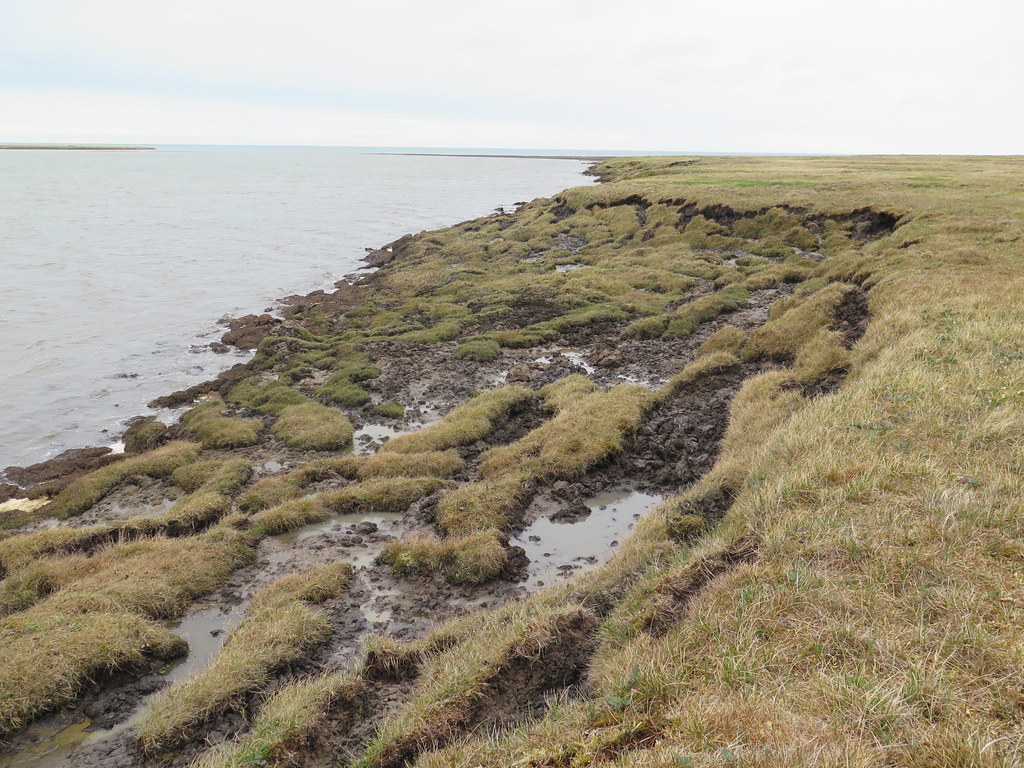
While dramatic storms grab headlines, coastal erosion quietly eats away at shorelines year after year, claiming homes, roads, and entire communities. Many beaches along the Nation’s coastline have lost more than six feet of shoreline a year over the last century. This isn’t just about losing pretty beaches for vacation photos – it’s about entire neighborhoods literally falling into the sea.
Intense storms and higher seas create more winds, waves, and floods, leading to increased coastal erosion. Hurricanes can wash away sandy barrier islands, leaving coastlines and islands unprotected from storm surge. Think of barrier islands as nature’s sea walls – when they disappear, mainland communities become sitting ducks for the next big storm. Coastal erosion estimates for much of the country are expected to increase in coming decades.
Infrastructure Crumbles Under Saltwater Assault
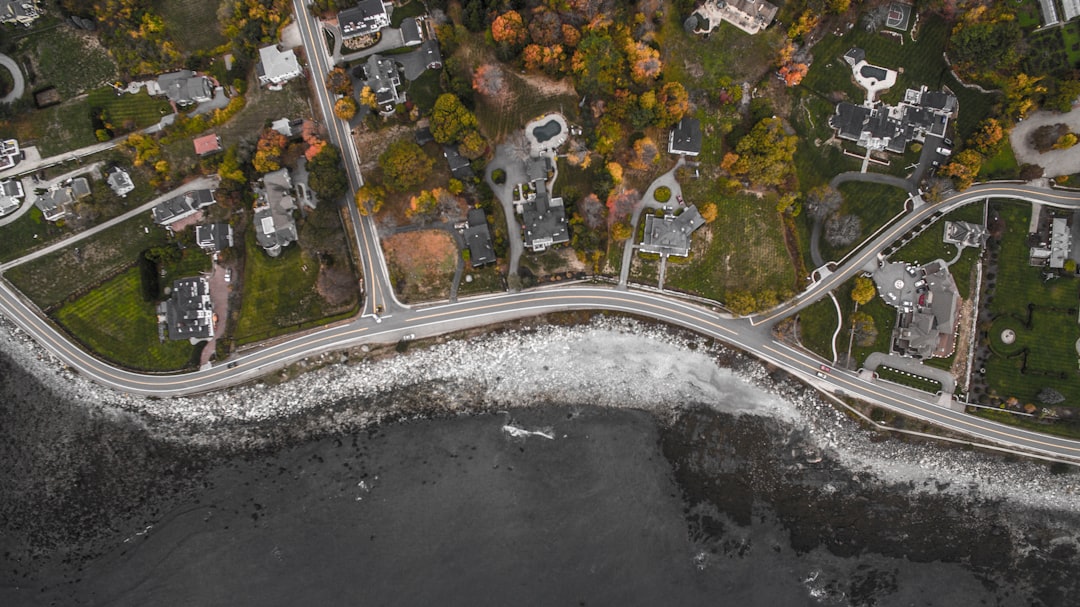
Roads, bridges, and buildings weren’t designed to withstand constant exposure to saltwater, but that’s exactly what’s happening as sea levels rise and storm events become more frequent. Roads and highways experience accelerated deterioration as saltwater intrusion weakens their foundations and creates sinkholes. Essential utilities face disruption when floodwaters infiltrate electrical substations, sewage systems, and water treatment facilities, often leading to cascading failures across interconnected networks.
The damage often begins subtly, with saltwater intrusion into building materials and underground structures. This intrusion corrodes reinforcement steel in concrete foundations and weakens building materials over time. It’s like a slow-motion disaster that happens underground, where you can’t see it until it’s too late. New York City’s Metropolitan Transportation Authority learned valuable lessons after Hurricane Sandy, leading to the installation of marine doors, raised ventilation grates, and redesigned entrance points in vulnerable stations.
Saltwater Poisoning Threatens Drinking Water Sources
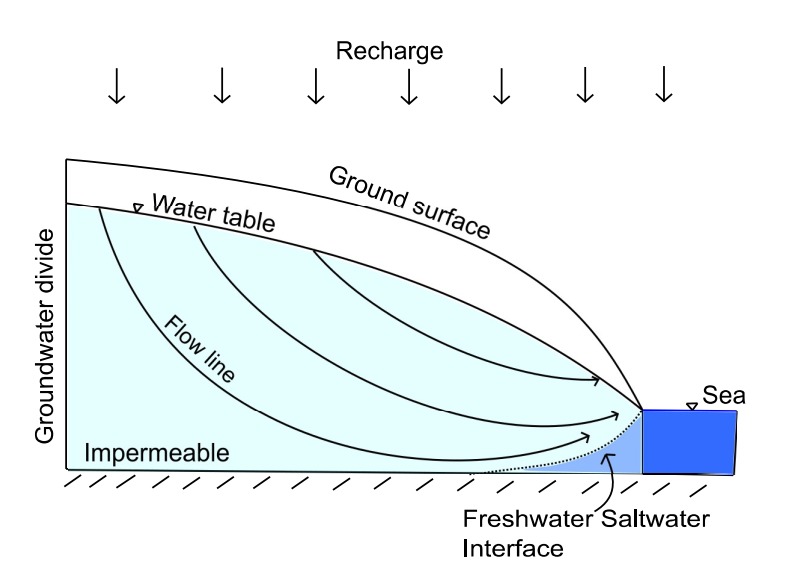
Perhaps one of the most insidious threats facing coastal communities is saltwater intrusion into freshwater supplies. Saltwater intrusion will affect groundwater in about three of every four coastal aquifers around the world by the year 2100, a NASA-DOD study estimates. This contamination happens deep underground, where saltwater slowly pushes into freshwater aquifers that communities depend on for drinking water.
At a rate of 400 feet per year, saltwater is migrating west from the ocean to once-secure inland groundwater reserves. “I call [sea level rise] a kind of slow poison,” said Jeeban Panthi, a PhD candidate in geosciences at the University of Rhode Island. Once saltwater contaminates a freshwater source, it can take decades or even centuries to naturally flush out, leaving entire communities scrambling for alternative water supplies.
Agricultural Land Faces Salinization Crisis
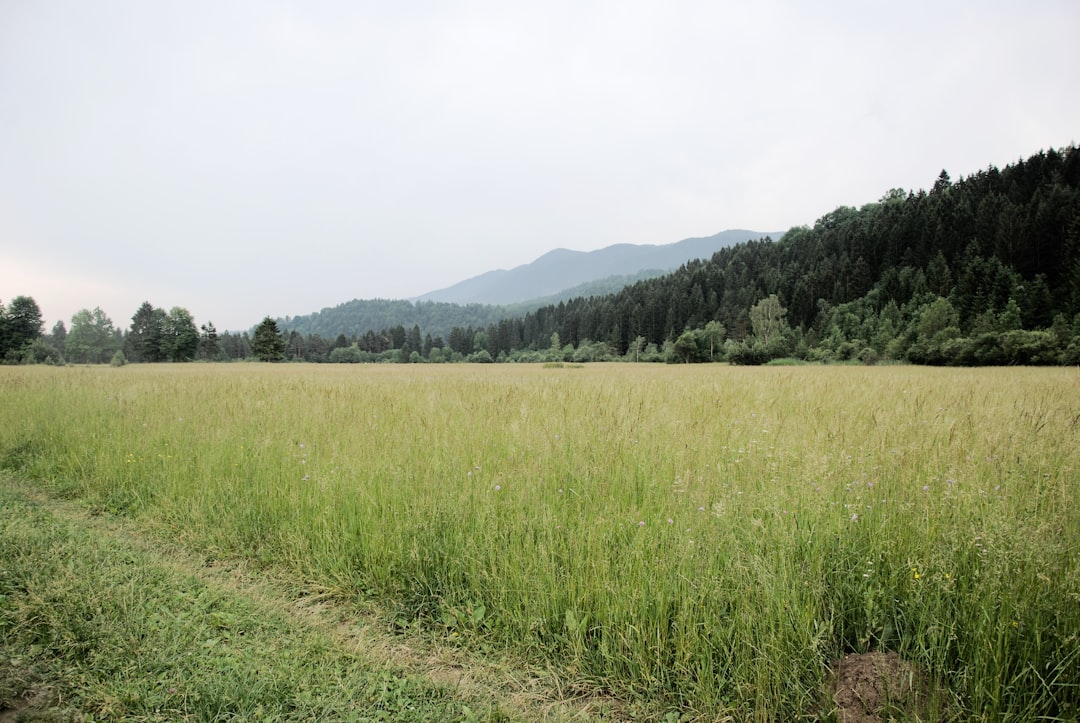
Coastal farmers are watching their fertile fields turn into salty wastelands as rising seas and storm surges push saltwater deeper inland. Additionally, increased salinity in agricultural soils has been shown to decrease the nutrient-holding capacity, impacting crop growth and reducing soil organic carbon, which could impact the global climate. This isn’t just bad news for individual farmers – it threatens food security for entire regions.
During a storm surge, which is a discrete rise in seawater levels caused by weather events like hurricanes, large amounts of salt get deposited on top of coastal lands, in turn seeping into the groundwater. Sea level rise is sneakier, entering groundwater systems from beneath the surface. Some of the world’s most productive agricultural deltas are becoming increasingly unusable as salt accumulates in soils that once grew crops to feed millions of people.
Ecosystem Destruction Removes Natural Barriers
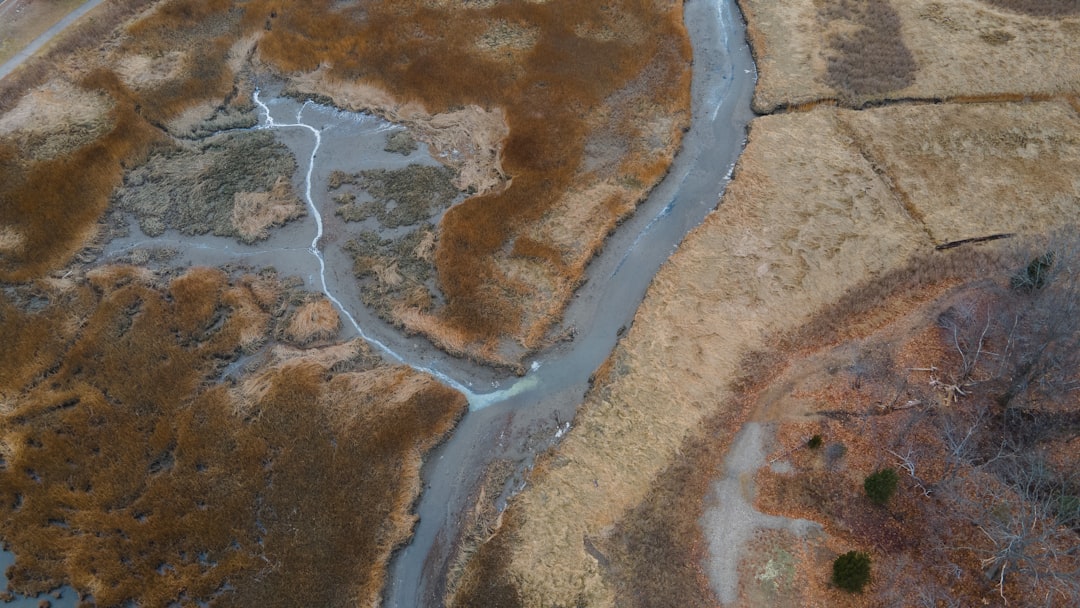
Coastal wetlands, marshes, and coral reefs serve as natural buffers against storms and flooding, but rising seas and changing conditions are destroying these protective ecosystems. Furthermore, coastal and marine ecosystems that support industries and provide natural storm protection, resources and ways of life are all at risk of changing or degrading due to sea level rise. When these natural defenses disappear, communities lose their first line of protection against coastal hazards.
Coral reefs can reduce wave energy by up to ninety percent, while salt marshes absorb storm surge like giant sponges. But warming waters bleach corals to death, and rising seas can drown salt marshes faster than they can migrate inland. Without these living shields, coastal communities become far more vulnerable to every storm, every high tide, and every surge of angry ocean water.
Social Justice Issues Hit Vulnerable Communities Hardest
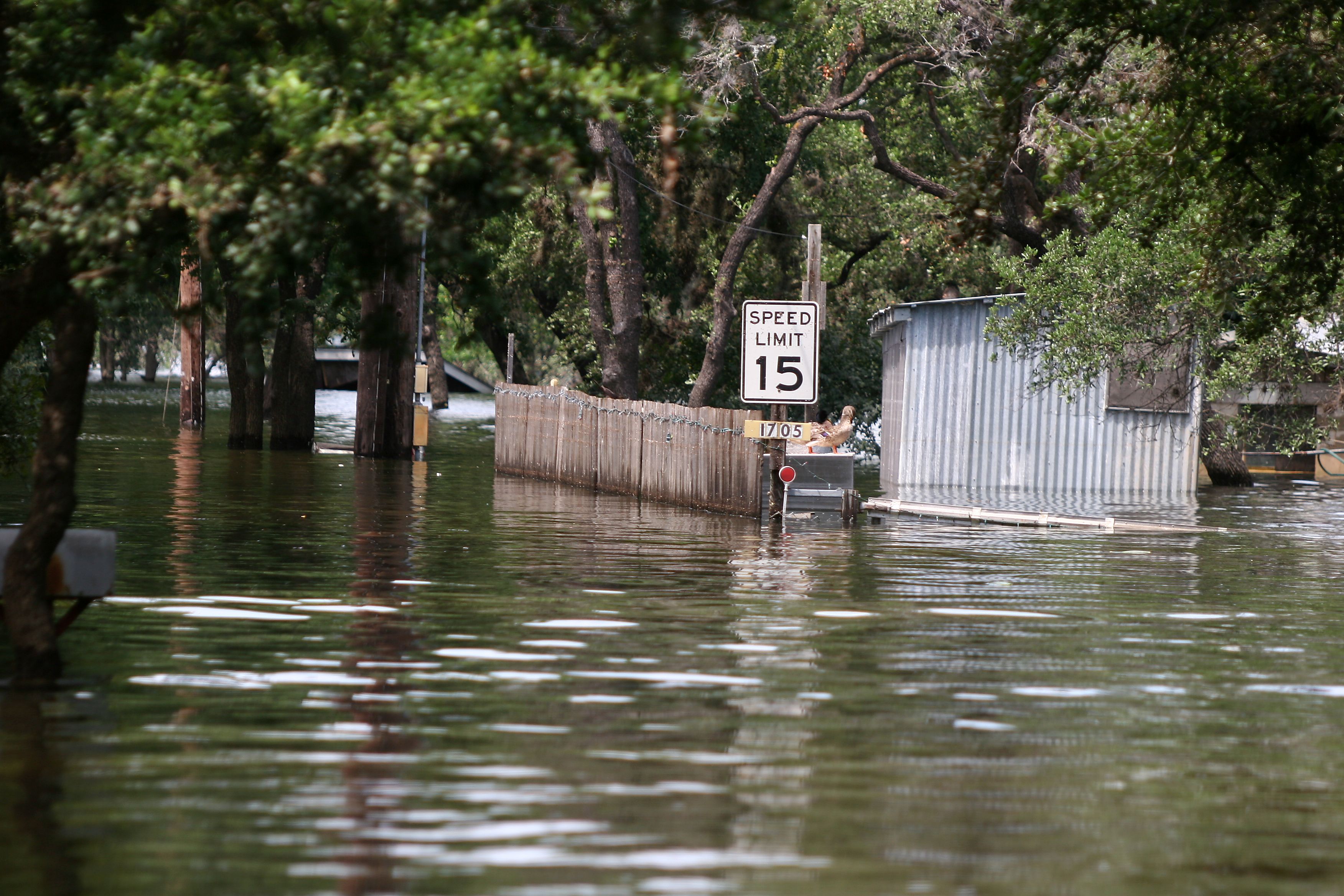
While accelerating sea level rise will result in widespread intermittent flooding and long-term inundation in many coastal communities, the paper, recently published in Nature Communications, showed that when these levels increase above 4 feet, minority populations will be disproportionately at risk of isolation. Climate change doesn’t affect everyone equally – it hits the poorest and most vulnerable communities first and hardest.
Communities that lack resources to protect them or to adapt are at even higher risk of harm. Wealthy neighborhoods can afford seawalls, elevated homes, and evacuation plans. Low-income communities often can’t escape, can’t rebuild, and can’t adapt. A whole-house reverse osmosis system can cost $20,000, with even a small under-the-sink system totaling $250 to $1,500, Lazur said. “Consider somebody that’s on retirement income or is low income,” Lazur said. “That’s cost prohibitive.”
Economic Disruption Spreads Far Beyond Coastlines
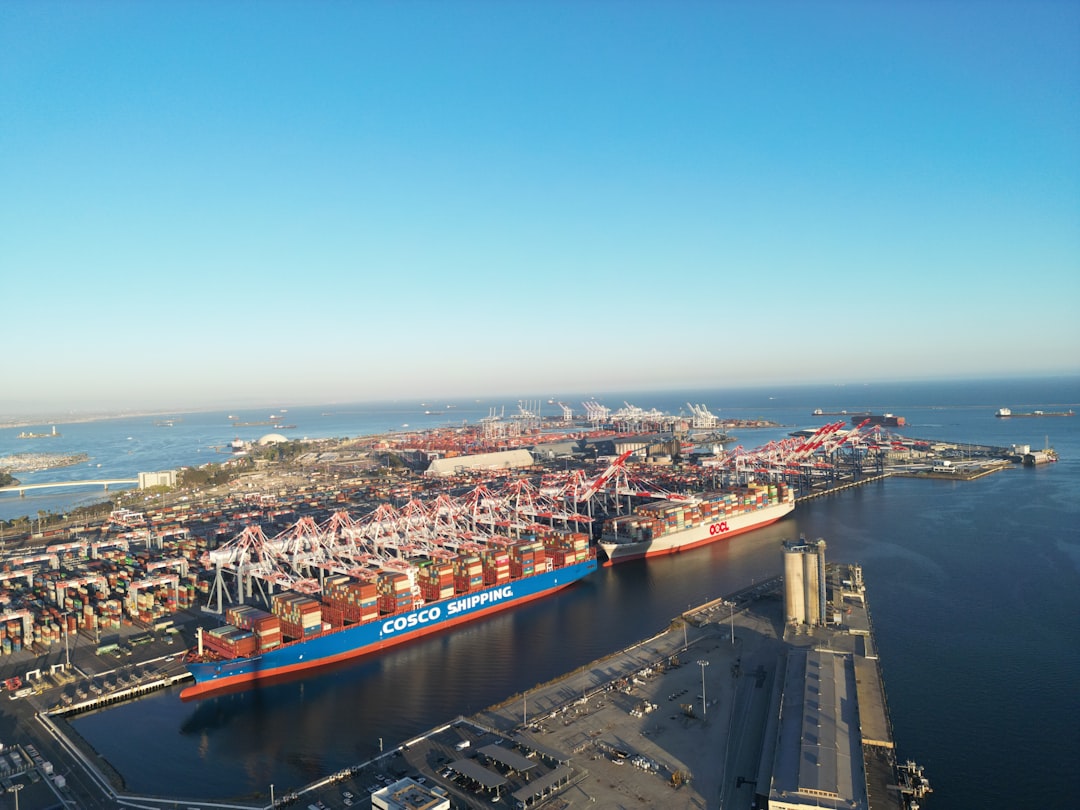
U.S. coasts are essential for trade and supply chains we all depend on. They’re home to large and growing populations. When coastal infrastructure fails, the economic ripple effects spread hundreds of miles inland. Ports handle the vast majority of international trade, and when they shut down due to flooding or storm damage, grocery shelves empty and factory production lines halt.
Sea level rise impacts can lead to economic hardships for a community. In particular, communities that rely on coastal tourism, fisheries, and shipping may feel the impacts most deeply. Small coastal towns that depend on tourism watch their beaches disappear and their historic downtown districts flood regularly. Fishing communities lose access to traditional fishing grounds as ecosystems shift and harbors become unreliable.
Health Risks Multiply in Flooded Communities

Standing floodwater becomes a breeding ground for disease-carrying mosquitoes and bacteria, while damaged sewage systems contaminate neighborhoods with dangerous pathogens. When combined with flooding, erosion can damage roads, bridges, sewage systems, power plants, and other key infrastructure for the community. This can lead to health risks through the spread of waterborne diseases. Emergency rooms see spikes in respiratory infections, skin diseases, and gastrointestinal illnesses after major flood events.
Populations consuming saline drinking water are at greater risk of high blood pressure and potentially other adverse health outcomes. Mental health suffers too, as people deal with the constant stress of living in a flood-prone area, losing their homes repeatedly, or watching their communities slowly disappear. The psychological toll of climate change-related displacement affects entire generations.
Cultural Heritage Sites Face Extinction
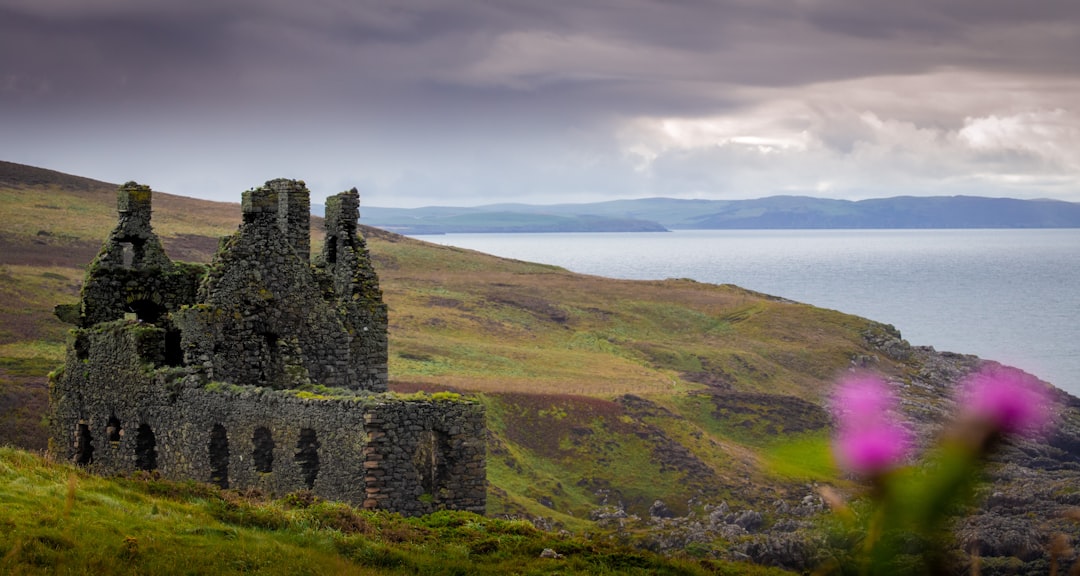
Coastal communities don’t just face physical and economic losses – they’re losing their cultural identity as historic sites disappear beneath rising waters. Furthermore, coastal and marine ecosystems that support industries and provide natural storm protection, resources and ways of life are all at risk of changing or degrading due to sea level rise. Plus, many coastal communities also have a rich history that ties their culture to the water. These changes could lead to a loss of heritage sites or cultural practices.
Erosion also exposes human infrastructure and sensitive archeological sites to tides and storms. Ancient shell mounds built by indigenous peoples thousands of years ago now wash away with each storm. Historic lighthouses that guided ships for centuries topple into the sea. Cemeteries flood regularly, disturbing the final resting places of community founders. When these irreplaceable pieces of human history disappear, entire communities lose connection to their past and their sense of place.
The threats facing coastal communities extend far beyond simple sea level rise, creating a complex web of interconnected challenges that demand immediate attention and comprehensive solutions. From daily high-tide flooding to long-term groundwater contamination, these multiple hazards work together to transform life along the world’s coastlines in ways that previous generations never imagined possible.

